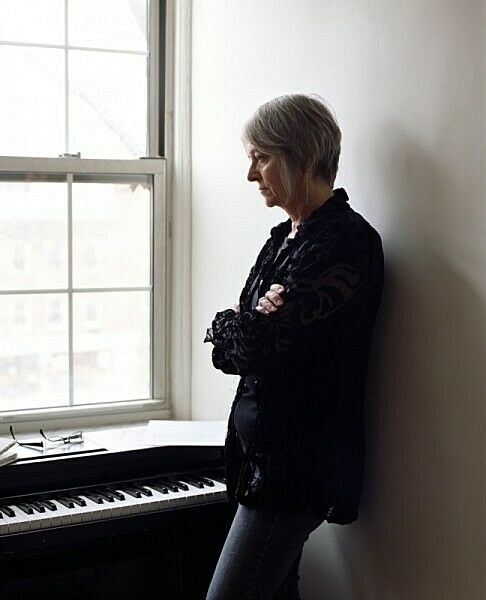Manga Scroll Performance Premieres July 16 In Conjunction With Christian Marclay: Festival
Jul 14, 2010
For years, Christian Marclay has explored the relationship between sound and image through the use of diverse types of materials including found objects and video. Since the late 1990s, he has created numerous “graphic” scores, which use nontraditional forms of notation to elicit musical action from performers. For his newest score, Manga Scroll (2010), Marclay cut and collaged onomatopoeias (words that imitate the sounds they describe) pulled from Manga comics originally published in Japan and translated for U.S. audiences. Marclay then digitally manipulated the hundreds of sound words torn from their pop-cultural context (FWUP! CREEAK! SKRRR!) and printed them on a sixty-foot rice paper scroll in order to create the composition meant to be interpreted by voice.
On July 16, at 7:00 pm, Joan La Barbara—composer, performer, and sound artist—will perform Manga Scroll for the first-time ever. Known for her experimental vocal work, which includes circular singing, glottal clicks, ululation, and multiphonics, La Barbara will interpret Marclay’s graphic score, demonstrating how words themselves can be musically meaningful in different ways.
Manga Scroll expands on Marclay’s appropriation of comic book sounds as seen in the prints Aaaaahhh (2006) and Zzzz (2006) and his interest in onomatopoeia, reflected for example, in Zoom Zoom (2007-2009), all currently on view in Christian Marclay: Festival. However, the artist’s choice of material (a hand scroll, originally invented in the eleventh century Japan for illustrative narratives) and primary source (an American translation of Japanese Manga) suggest an additional dimension of the work relating to the Japanese language and its use of sound symbolic words. While Japanese includes words which in the English-sense would be considered onomatopoeia, it also has ideophonic words know as Gitaigo, which phonetically express states of being, emotions, and actions that do not produce sounds (i.e. fura-fura is the “sound” of being dizzy). This unique use of sound symbolism is integral to both oral and written Japanese (especially creative writing like Manga), and it is especially interesting when considered in relationship to Marclay’s own exploration of the visual representation of sound in works like Manga Scroll.
On July 16, hear La Barbara speak about her approach to Marclay’s scores and her own art practice at her Artist’s Talk. After her performance La Barbara will also participate in an Open Studio where she will elaborate upon her experience of performing and interpreting Manga Scroll.
Marclay’s Manga Scroll is on view now in Christian Marclay: Festival and will be revealed in ten-foot segments over the course of the exhibition. It can also be seen (in an excerpted-version) as a pull-out in Christian Marclay: Festival, Issue 1.
By Sarah Meller, Interpretation and Research Assistant


